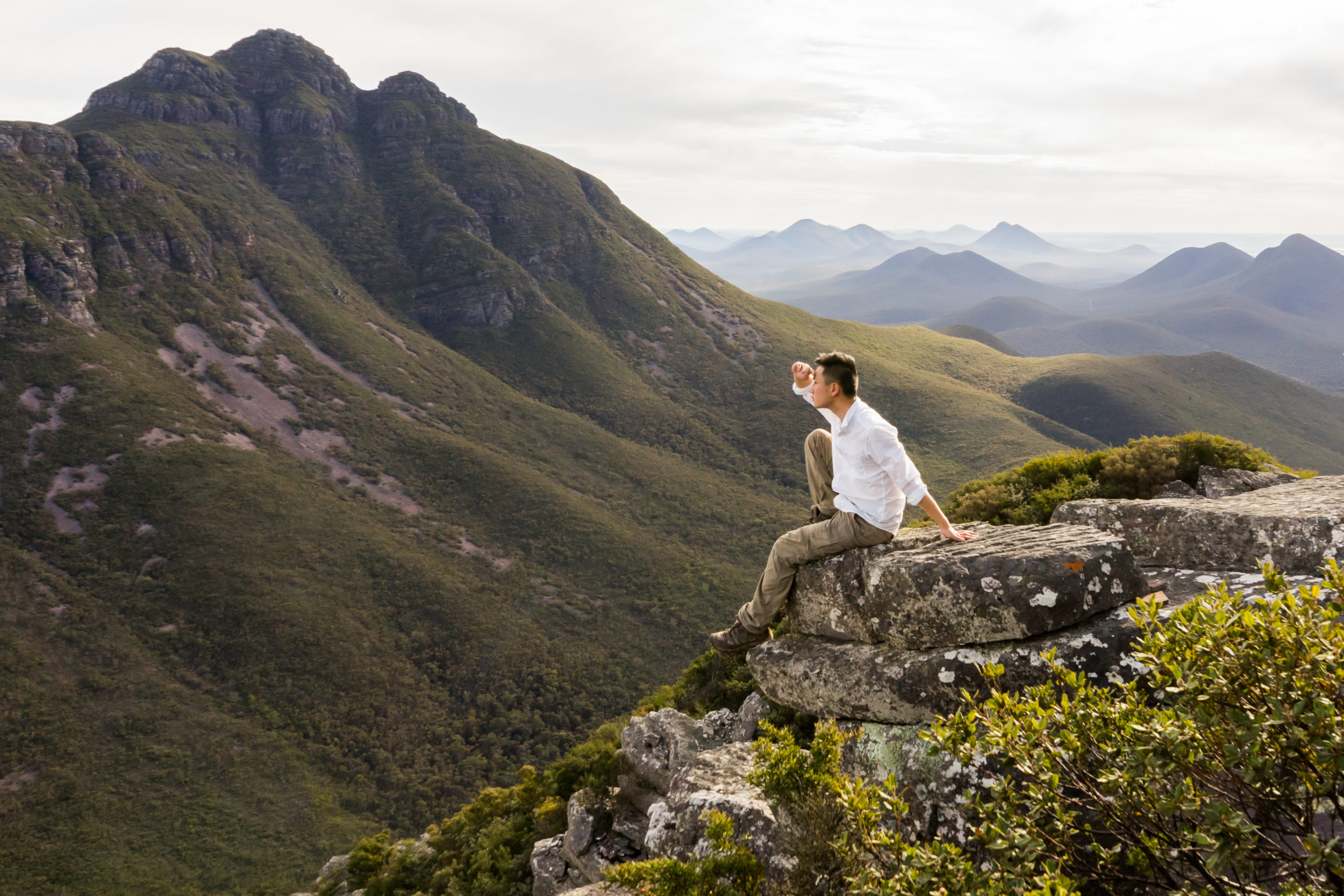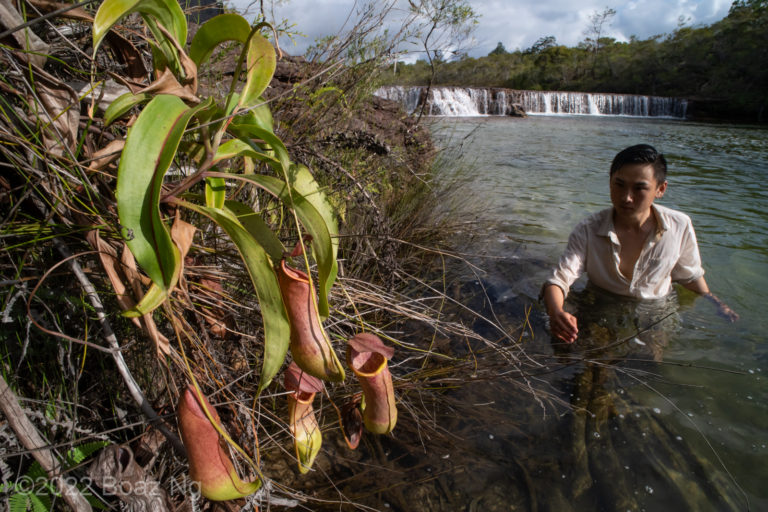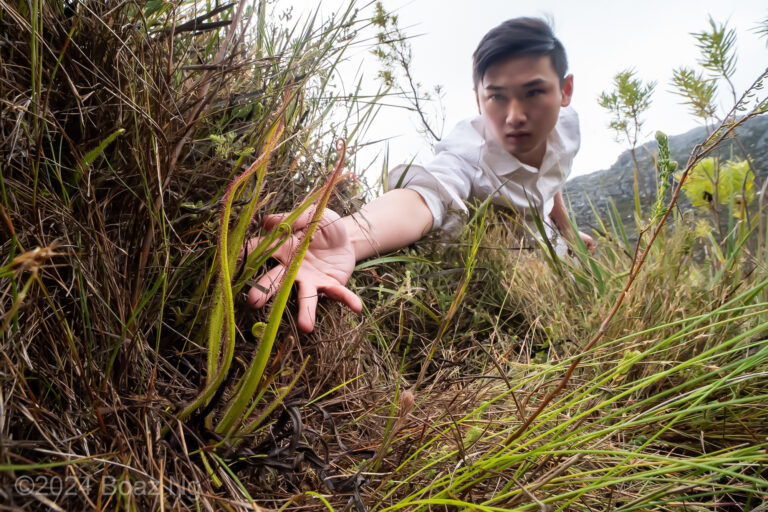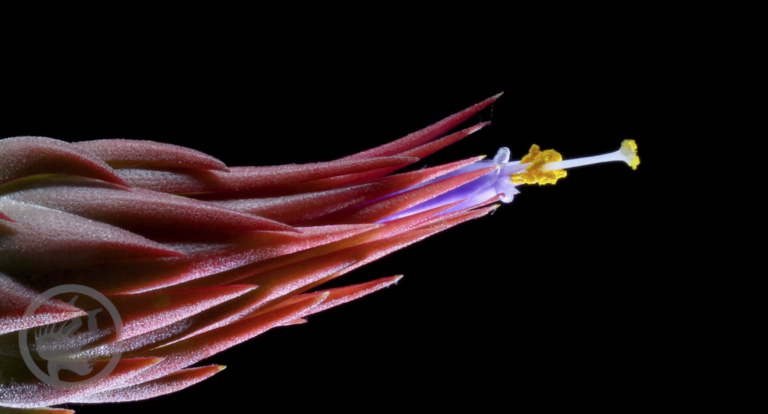At the end of winter in 2019 I embarked on an expedition to document the carnivorous plants of Western Australia. Over 17 days, I drove almost 3,500 km and photographed over 50 species in their habitat.
Western Australia was a truly life changing experience for a carnivorous plant enthusiast like myself. Nowhere else in the world can you stop at virtually any location and find so many Drosera in such diversity and quantity.
In reflection, the highlights of my expedition occurred when I successfully located rare species growing in unique habitats – such as Drosera moniticola on the peaks of the Stirling Range, D. salina around the salt lakes of the Wheatbelt and Cephalotus in the coastal cliffs of the south. Unexpected discoveries, like the beautiful field of D. graniticola at the remote granite outcrop and D. barbigera in the northern hills also left a lasting impression. I took great interest in studying how diversity evolved around the complex environmental niches I saw throughout my trip.
However, I also noticed how these plants are incredibly susceptible to environmental degradation. This was most obvious in the Wheatbelt and metropolitan Perth, where the vast majority of land has been cleared for agriculture and development.
Perhaps the greatest overall threat to carnivorous plants lies in the systemic effects of climate change. The majority of sundews in Western Australia require reliable seasonal rainfall whether it be to hydrate a thin moss layer, produce a seepage at the edge of a salt lake, or simply wet the ground after a long dry summer.
It is disheartening to know that many of the species I saw will become extinct in my lifetime. Whilst I concede that there is little I can do as an individual, a goal of my project ‘Fierce Flora’ is to document carnivorous plants in situ while I still can, and hopefully inspire others to see the value of protecting these amazing plants.
I owe the success of my expedition to the community of Australian carnivorous plant enthusiasts. In particular, I would like to thank my good friend Peter Eggenhuizen for accompanying me in the first half of the trip. I also want to acknowledge Thilo Krueger, Andrew Broome and Francis Nge for their identifications and insightful discussions about the ecology of carnivorous plants in Western Australia, as well as Maurizio Saroldi and the team at the AIPC for coordinating the publication of this article.
Boaz
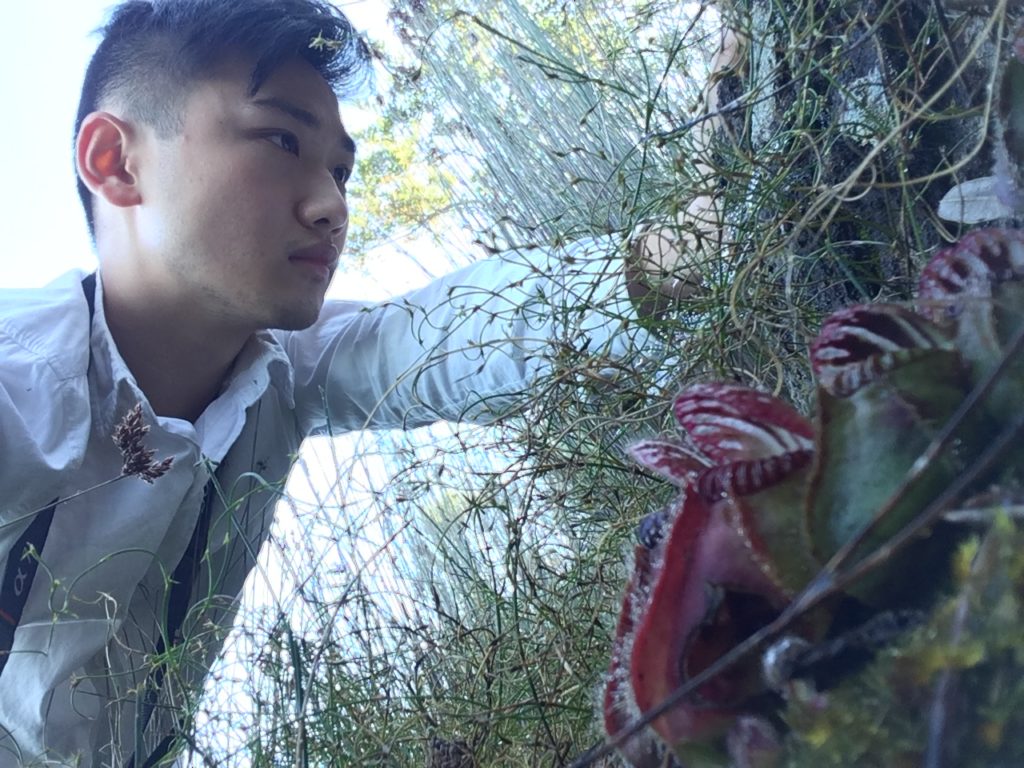
Part 1: Coastal Plains
Part 2: South West Forests
Part 3: Southern Swamps
Part 4: Mountain Ranges
Part 5: South Coast Heath and Mallee
Part 6: Granite Outcrops and Salt Lakes
Part 7: Northern Sandplains and Laterite Slopes
Part 8: The Perth Hills

